Humans of Harker: Beauty in complexity
Rithika Devarakonda paints with emotion
Mixing bold colors together, Rithika Devarakonda (12) carves her palette knife across the blank canvas. Using the duality of the knife, she integrates both blended colors and edges within her work, creating dimension and texture.
Following her peers, she started learning art at a young age, building up the basic skills she needed. However, while most of her friends began to pursue other extracurriculars, Rithika continued painting after realizing her potential.
“Even when I was young, I started seeing my friends dropping art, and I just kept continuing. I found myself getting better, and I saw that I had pretty good techniques and skills,” she said. “That was what kept me going until 10th grade.”
Although she saw the strength she had in her basics, Rithika found herself struggling to find what she wanted to express through her art. She constantly tried to fit the “traditional” style because she believed that was what people wanted to see.
“I was more sheltered and wasn’t really exposed to the art around me,” Rithika said. “I saw my peers exploring different mediums last year. That really struck me to think outside of my traditional paintings because I saw everyone around me growing and turning towards unconventional styles.”
Although Rithika began exploring her own style, she still questioned whether she wanted to continue pursuing it in a unique way.
“There were critiques where people didn’t really understand what kind of art I was doing or what I was trying to convey,” she said. “That was kind of a struggle and I had this idea of ‘maybe I should do more conventional art’ so that people will understand my ideas better.”
Despite her doubts, Rithika came to the realization that she wanted to do the art she loved, regardless of the fact that others in her community weren’t able to see its meaning.
“Rather than doing art to please someone else, I started to do art that fit me personally,” she said. “I felt that making the art that [I] felt represented [me] would last longer because [I] wouldn’t feel tired out making something [I] didn’t want to.
Sunya Siddiqui (12), her close friend, described Rithika’s development throughout her high school years.
“She was quiet, she was fairly reserved and she seemed very much to herself. [Now,] she’s definitely a lot more mature and sure of what she wants to do,” Sunya said.
While many artists paint with the brush, Rithika embraces using the palette knife itself. Her unconventional style pushed her to express her ideas through color and bold textures. The freedom she has with her style allows her to invoke different emotions through her art.
“The palette knife is pretty easy to mess up or create something that’s atypical so it has a kind of chaotic nature to it,” she said. “You can’t make something that’s too perfect so you have to draw in your emotions to create a piece.”
Additionally, she learned the significance not only of sharing her art with people but also explaining what her pieces conveyed.
“You can make art, but the most important part is explaining it and learning how to communicate with others,” Rithika said.
Her mentor and teacher, Pilar Aguero-Esparza, describes the effort that Rithika puts into her art and how that reflects her development in personality.
“It’s a lot more about paint and color and how you handle it, yet she is still trying to create works that are representational. She is processing that and the way she uses it is way more complex, it takes an amount of confidence to do that,” Pilar Aguero-Esparza said. “There’s more power in [her] work and [herself] as a person.”
After seeing many of her upperclassmen peers in her AP Studio Art class discussing the future of their art, Rithika began to see the opportunities that her art could take her to.
“There were some students in the class that was talking about college and I think that led me to think that there was a serious possibility for me to pursue art [in the future],” she said. “Art will always be a passion for me and I don’t think I’ll ever stop doing it, even if I’m not majoring in it. It’s the type of thing where later in life, you come to see how important it is.”
While she faced many struggles in the development of her own art style, Rithika’s perseverance led her to pursue art that she truly enjoyed creating. The progress she has made in her art empowers her in daily life.
“The confusion I faced [in my art] was also reflected in my life in general. I didn’t know what identity I wanted to have. But, as my art became clear, I was also able to get a clear perspective on what kind of person I wanted to be,” Rithika said.

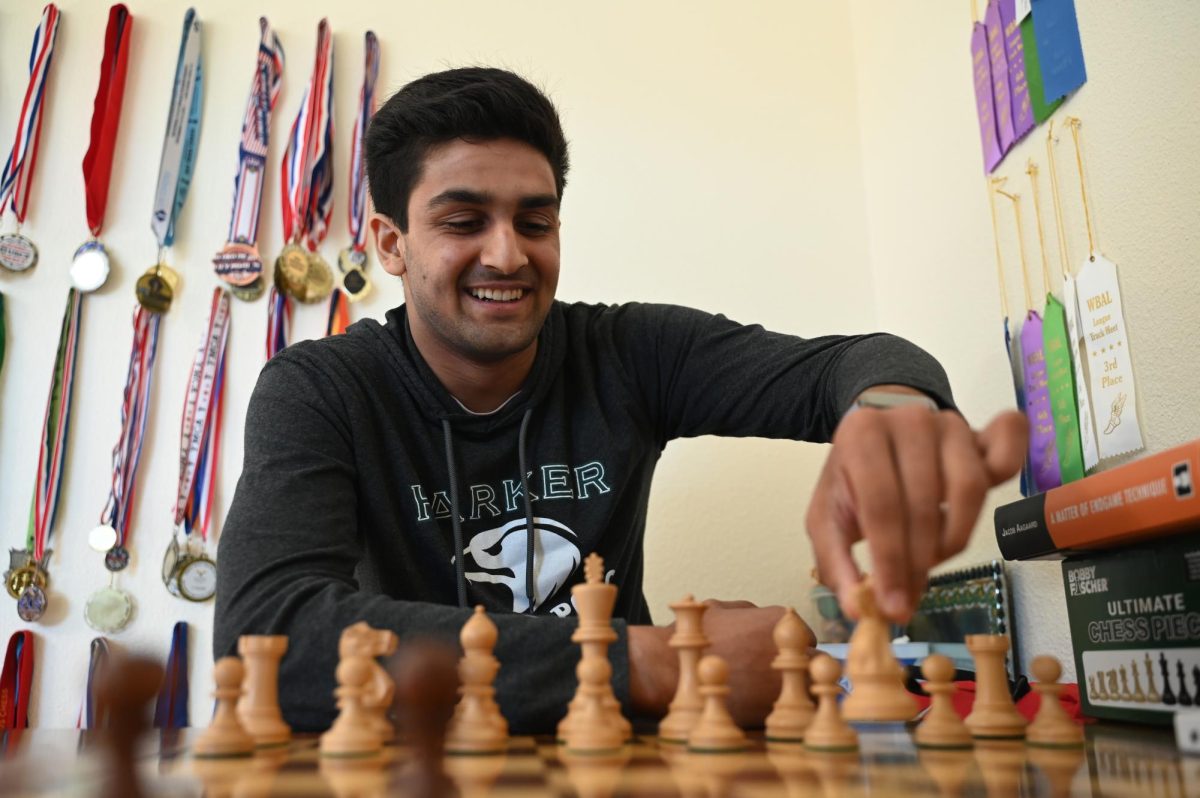
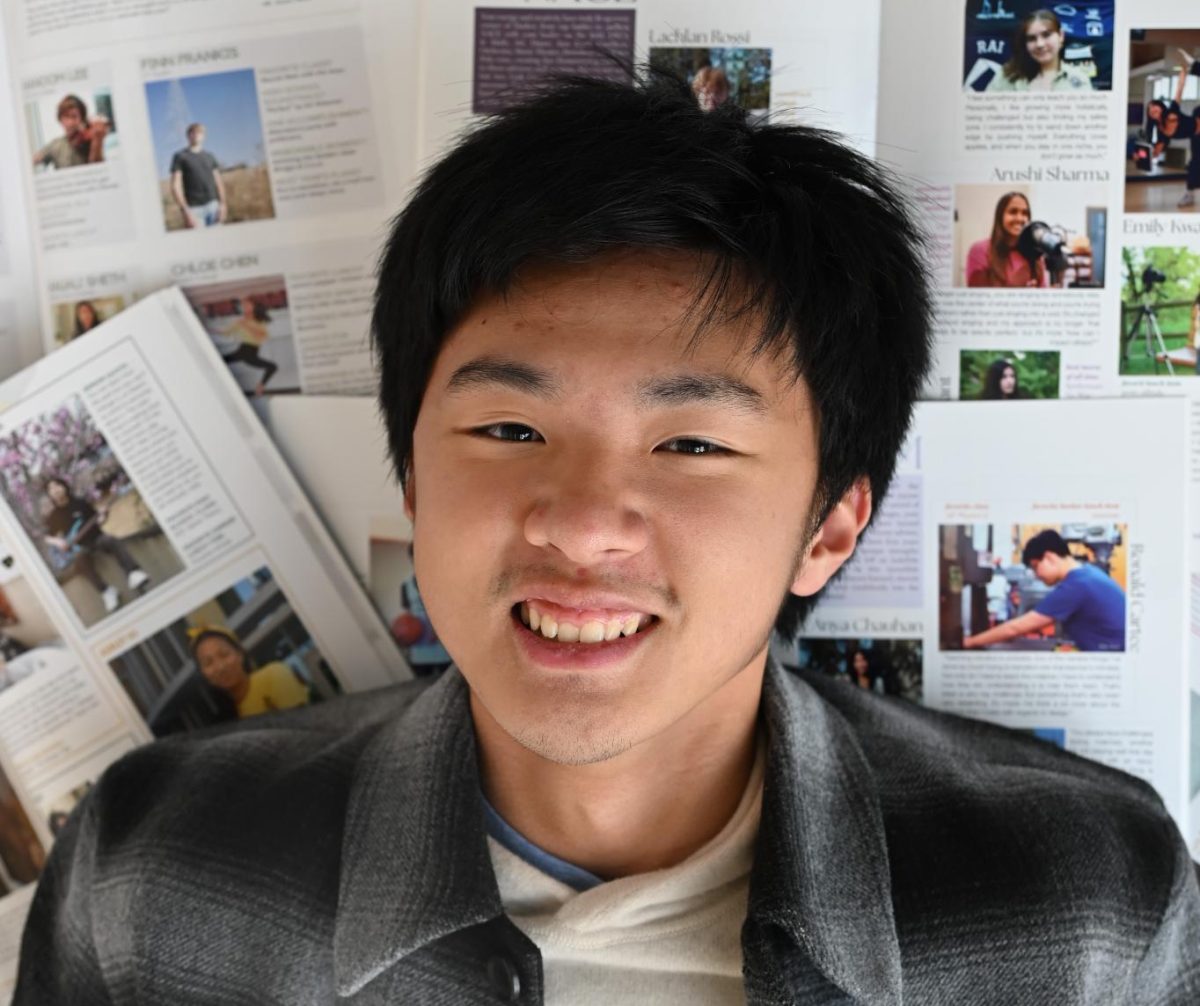
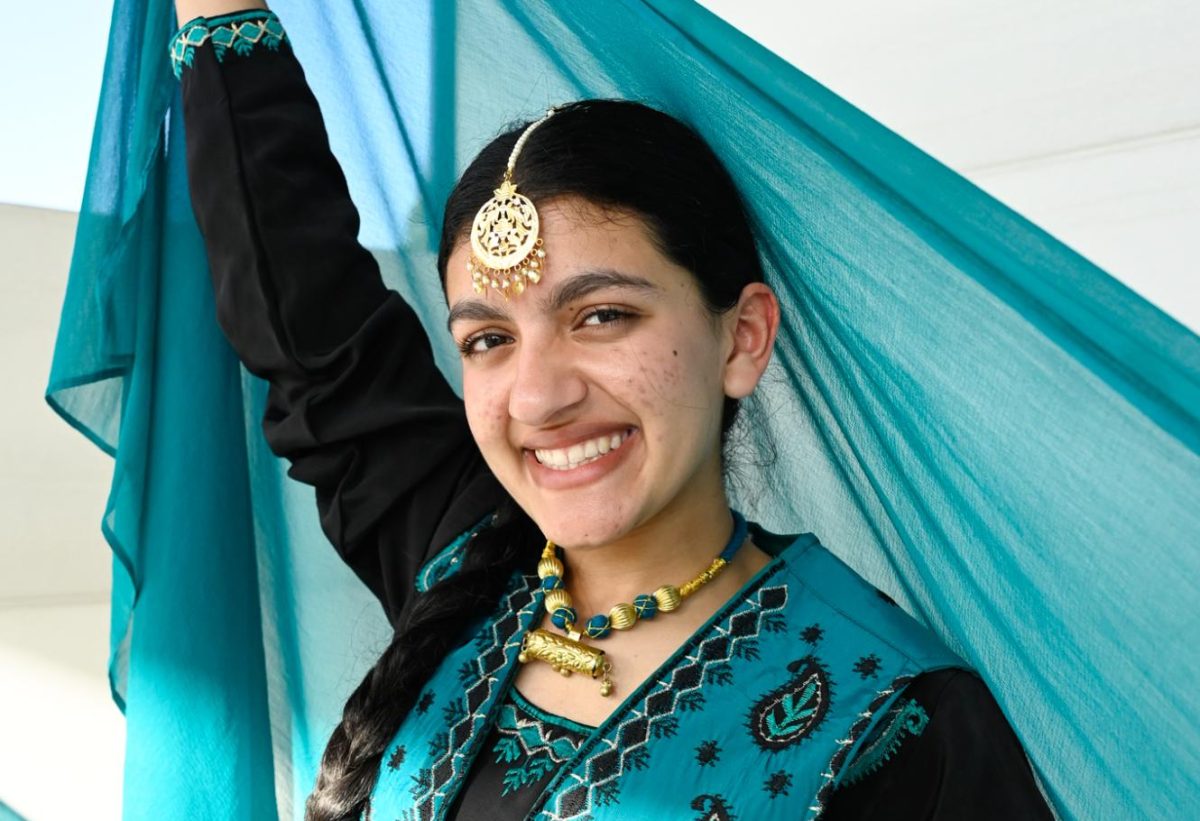
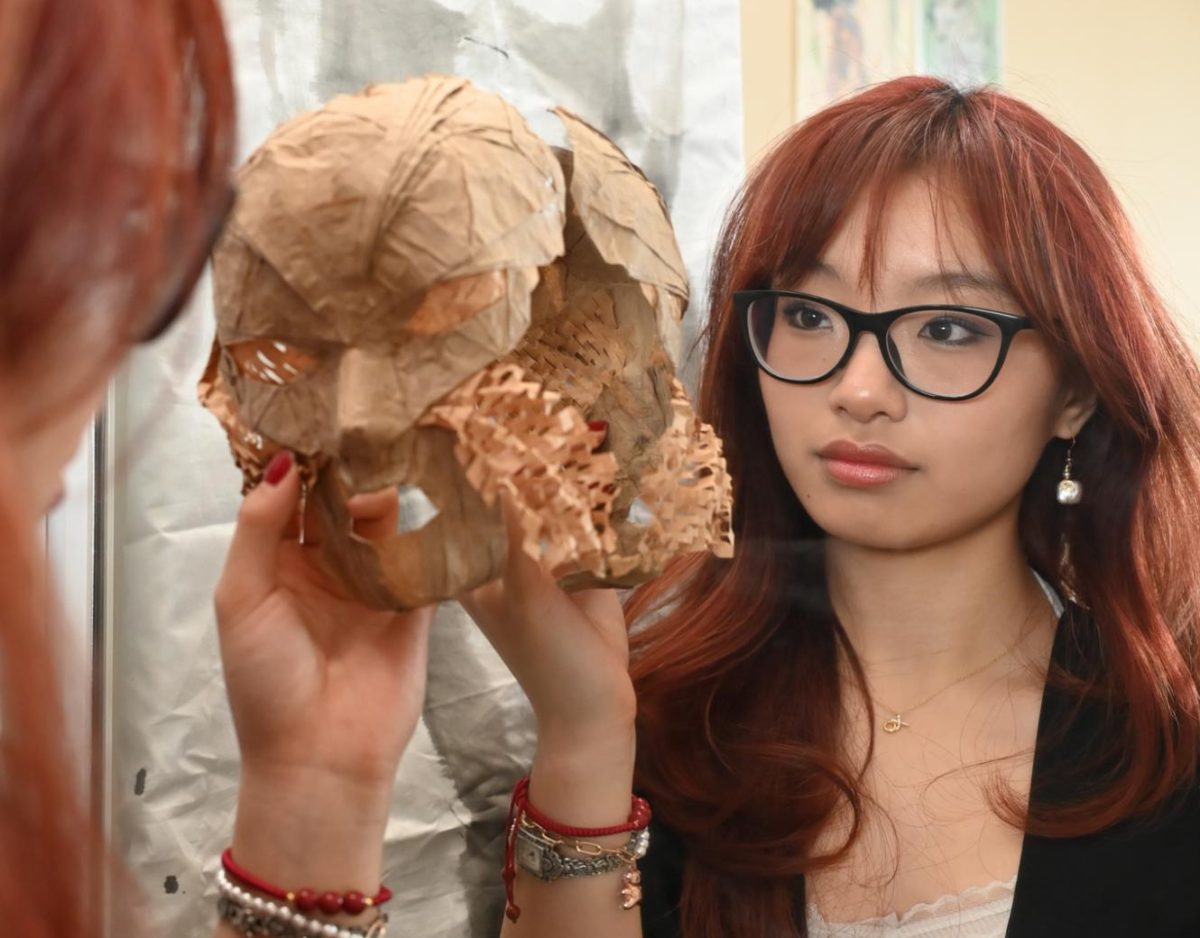
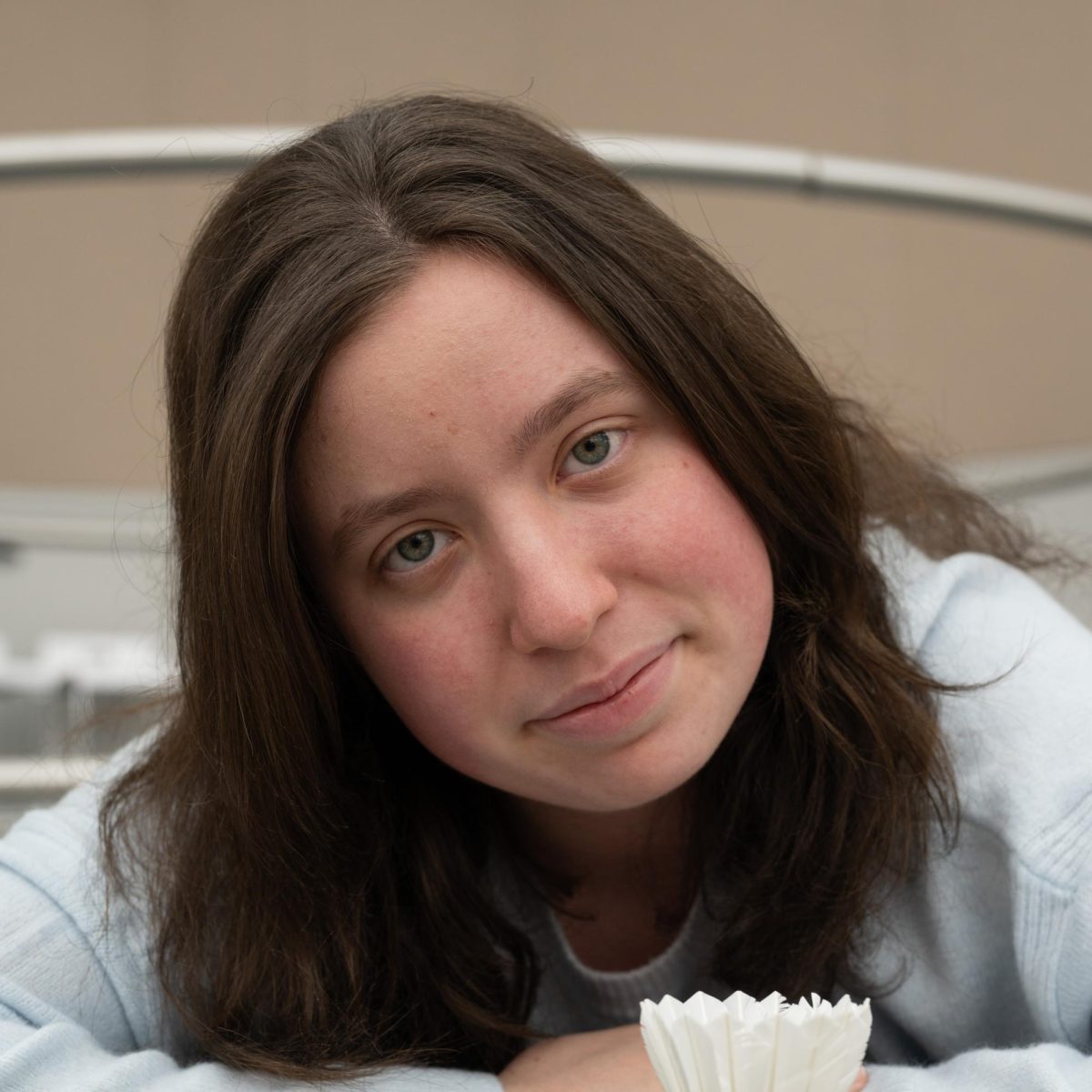
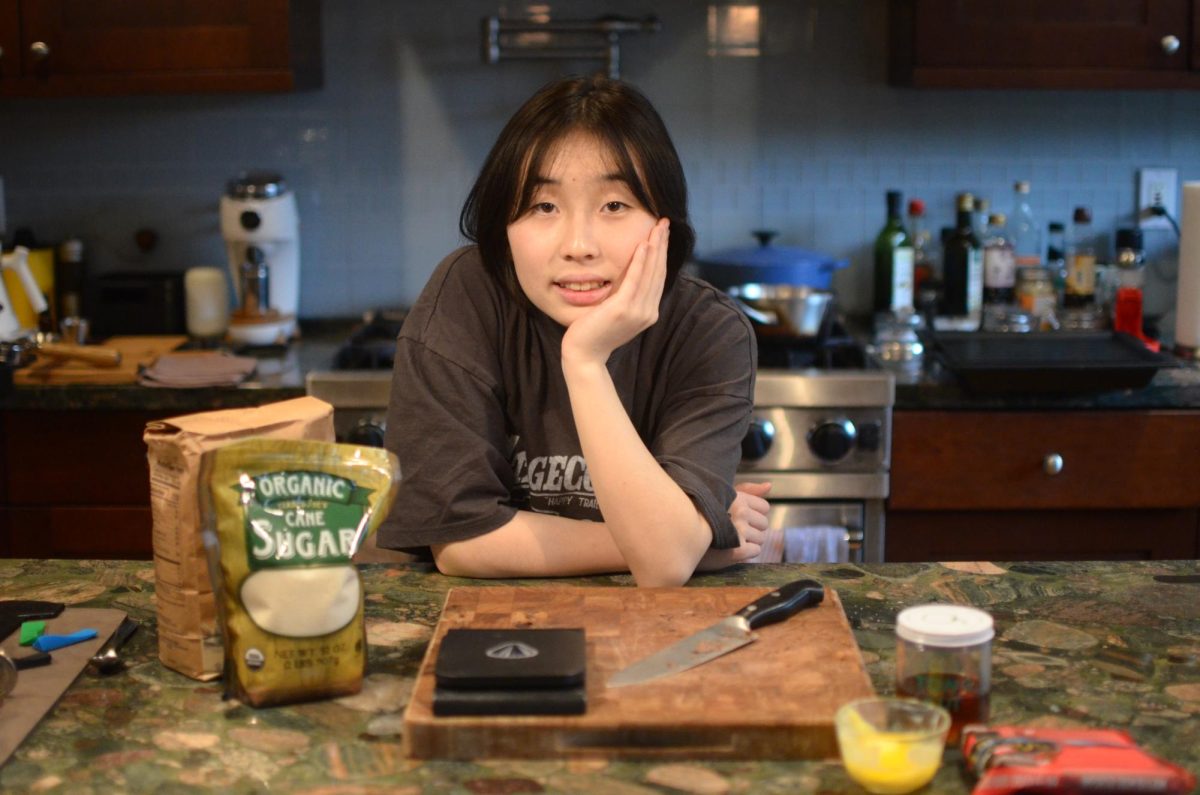
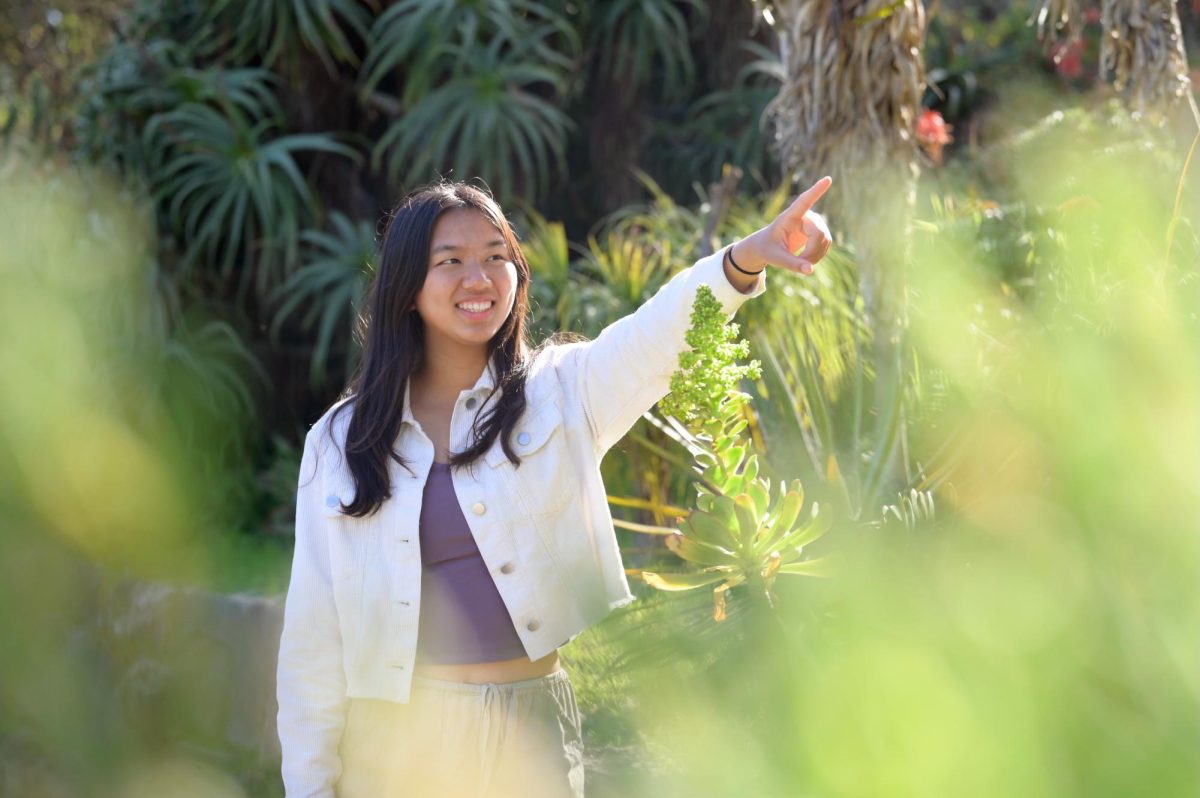
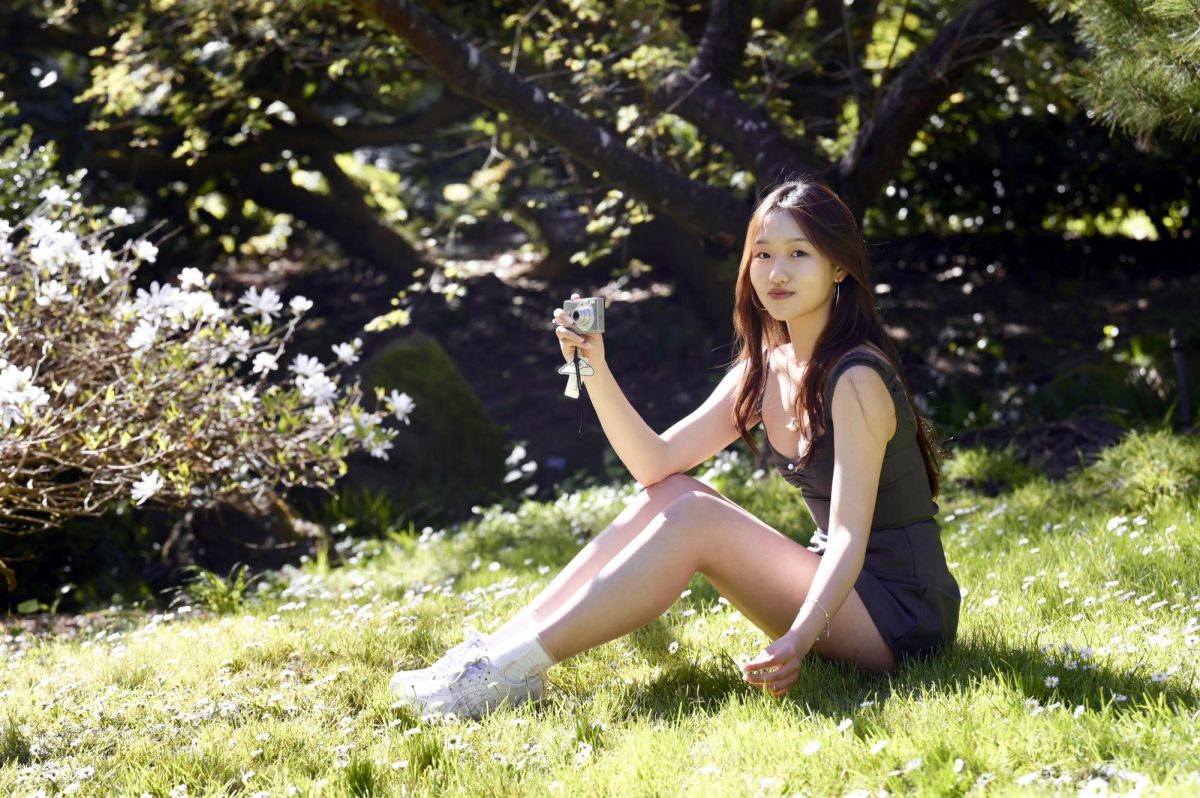
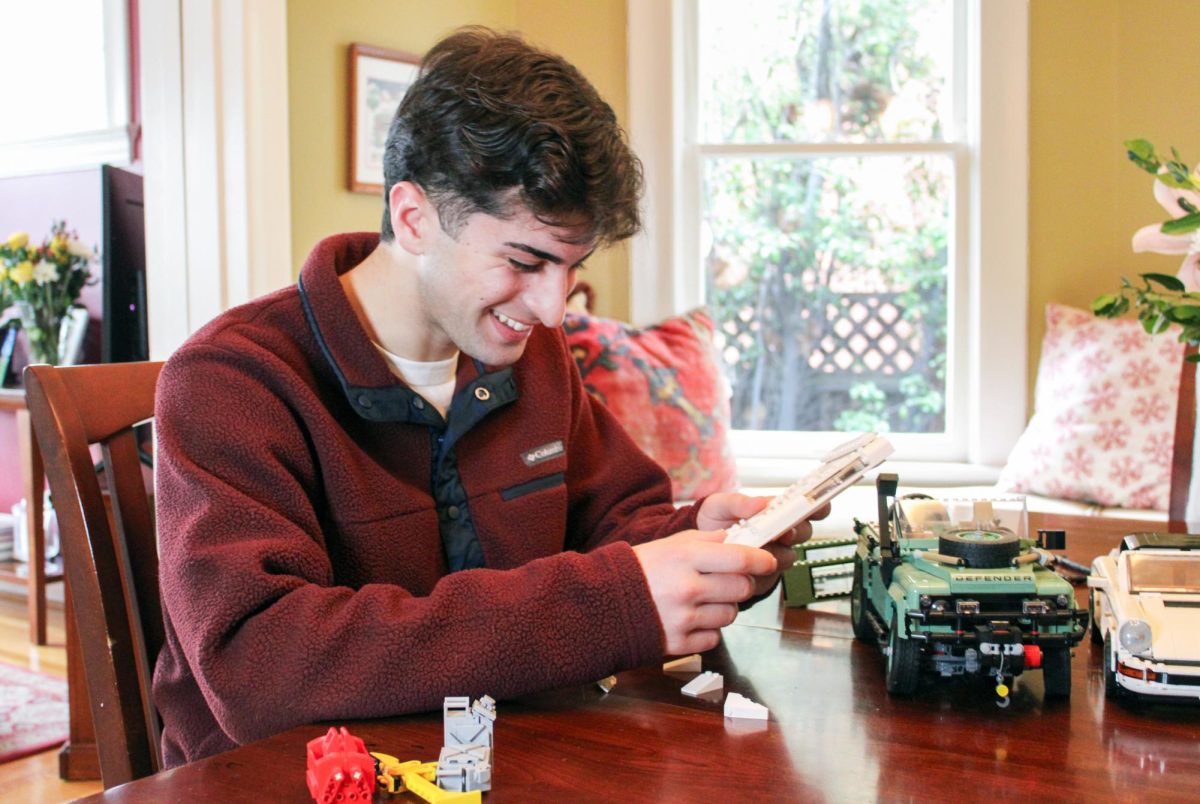
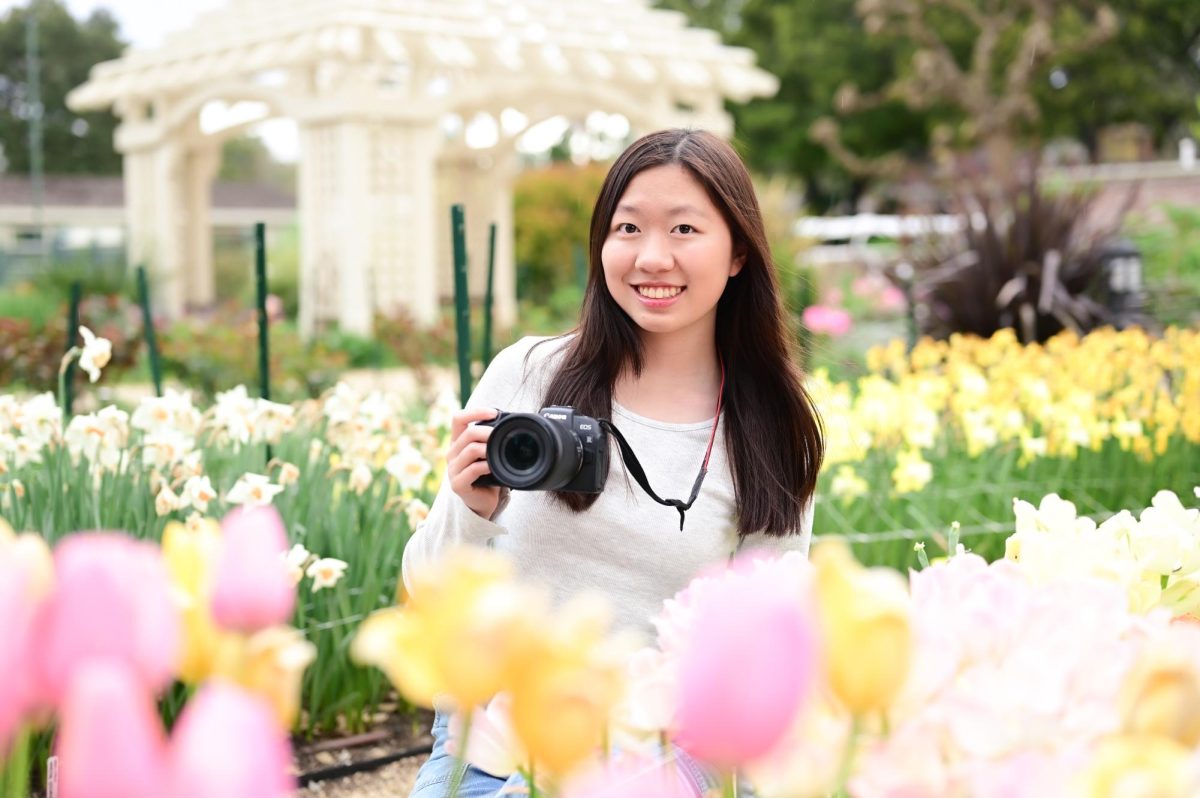

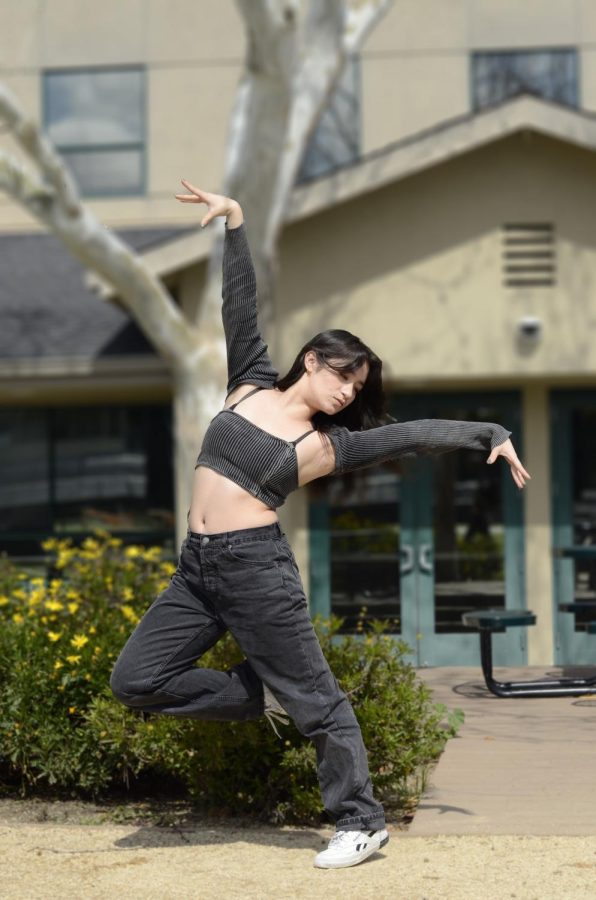
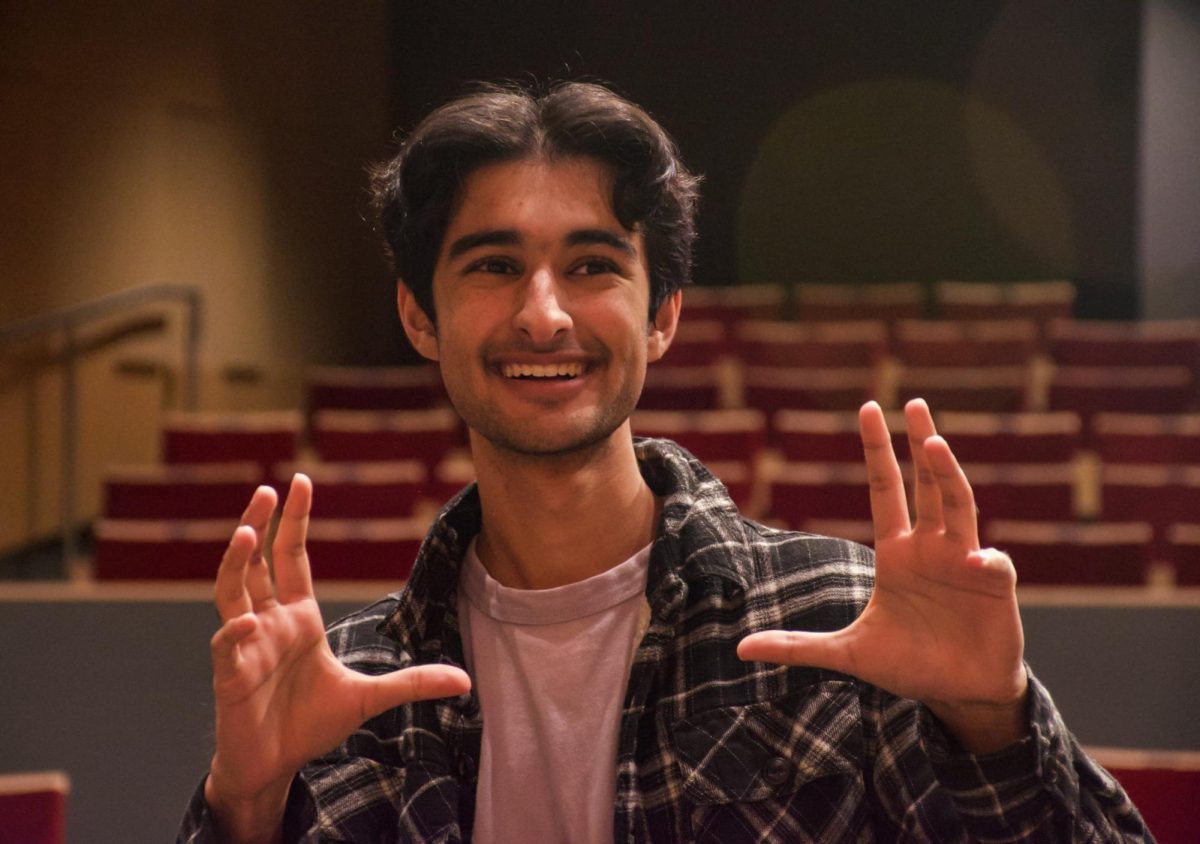
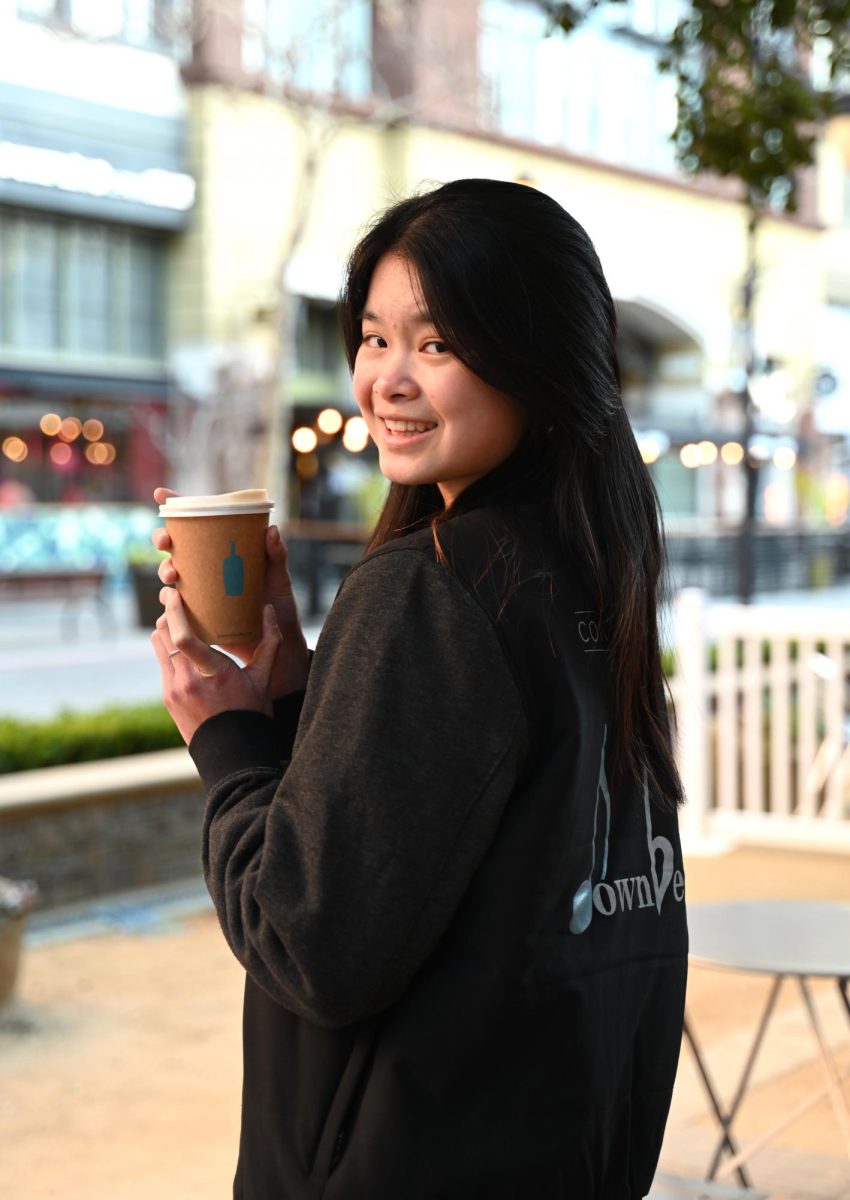
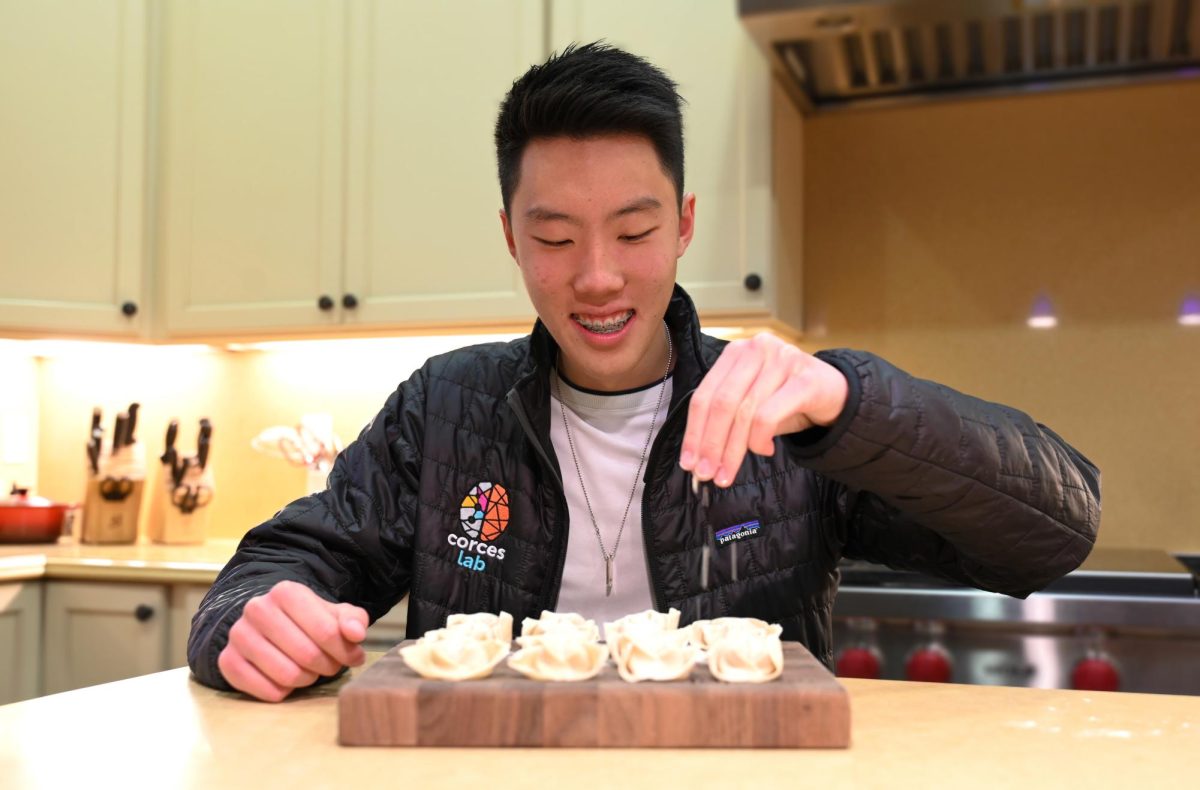
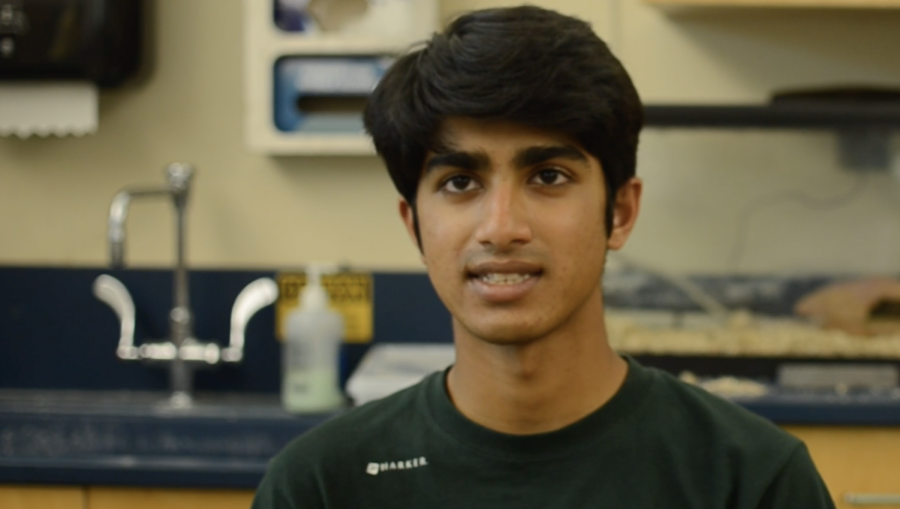
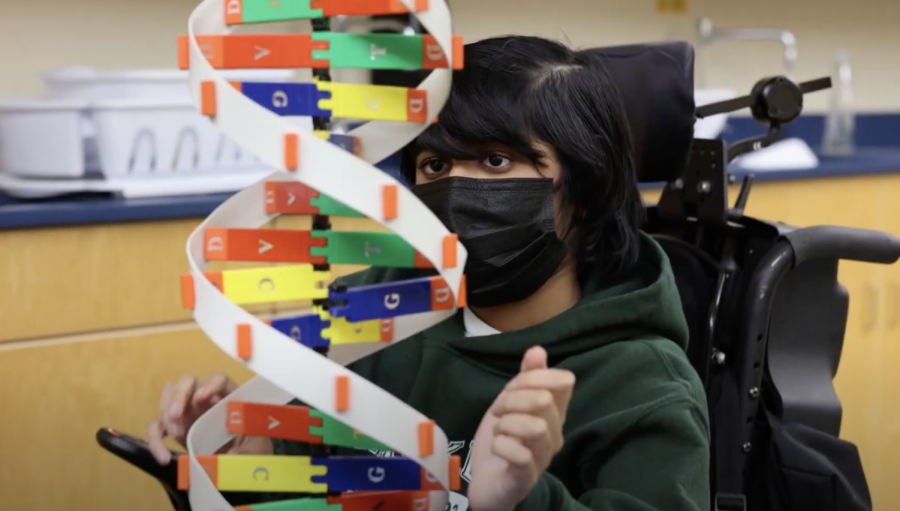
![“[Building nerf blasters] became this outlet of creativity for me that hasn't been matched by anything else. The process [of] making a build complete to your desire is such a painstakingly difficult process, but I've had to learn from [the skills needed from] soldering to proper painting. There's so many different options for everything, if you think about it, it exists. The best part is [that] if it doesn't exist, you can build it yourself," Ishaan Parate said.](https://harkeraquila.com/wp-content/uploads/2022/08/DSC_8149-900x604.jpg)

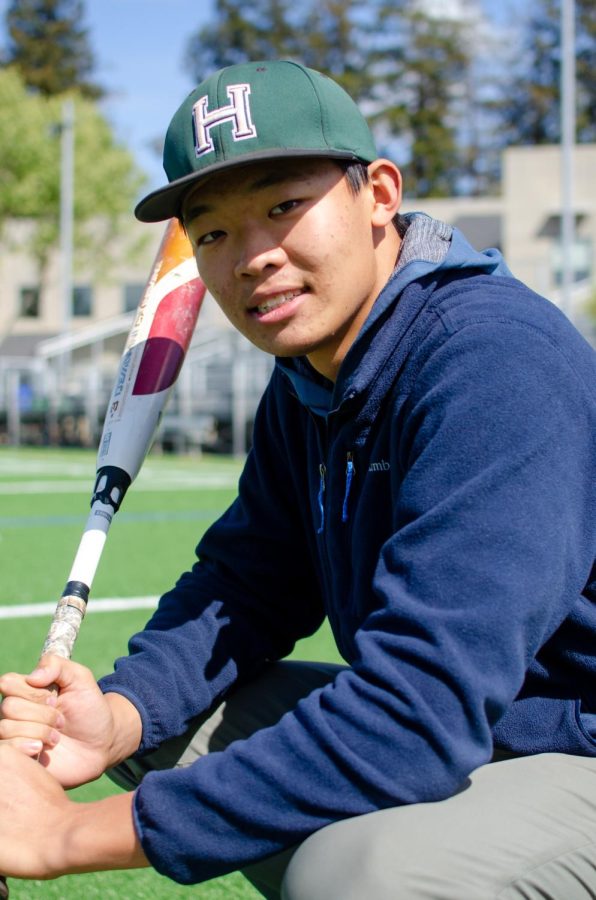
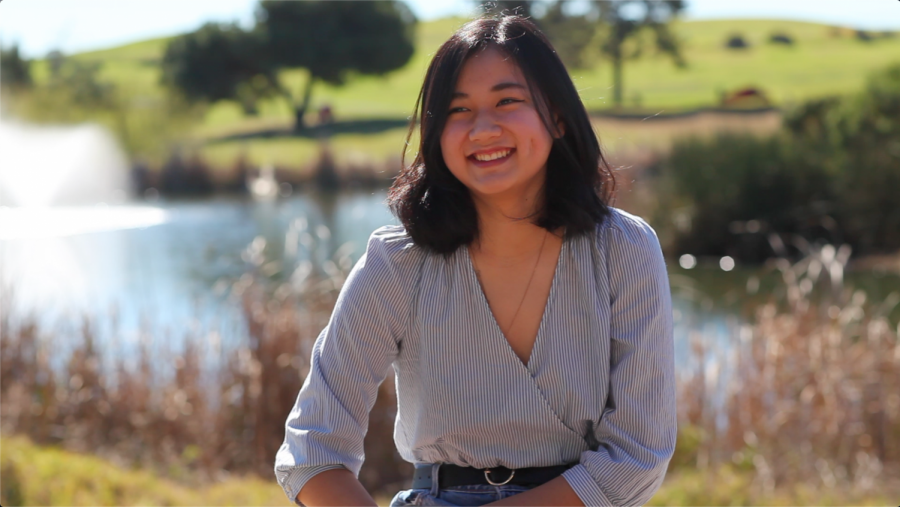
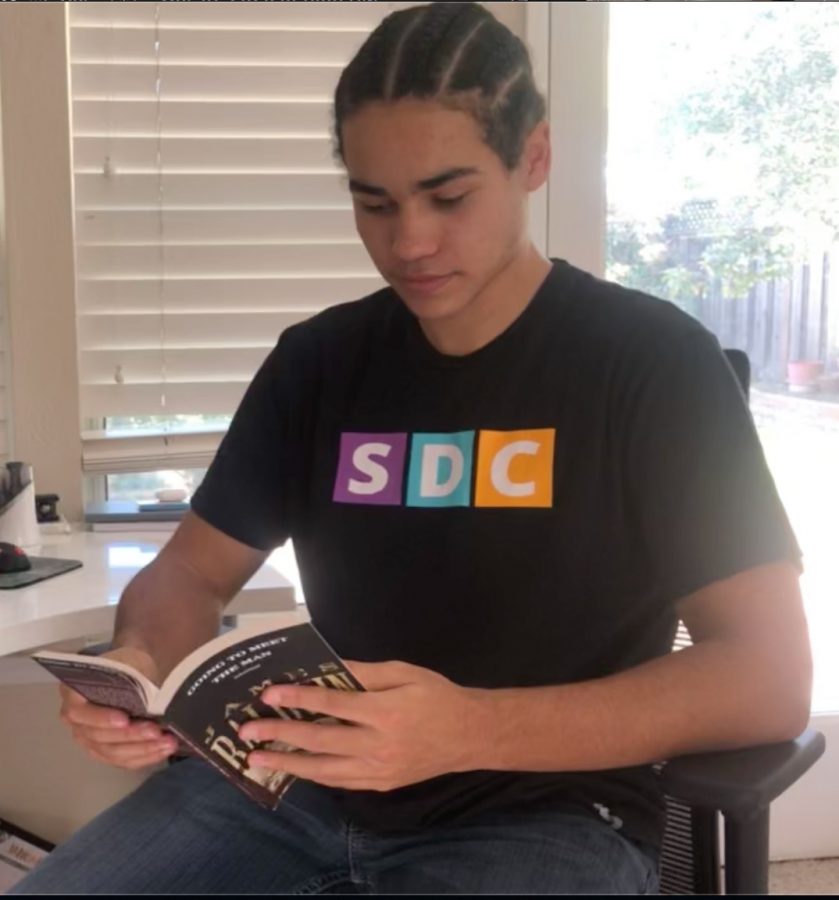
![“When I came into high school, I was ready to be a follower. But DECA was a game changer for me. It helped me overcome my fear of public speaking, and it's played such a major role in who I've become today. To be able to successfully lead a chapter of 150 students, an officer team and be one of the upperclassmen I once really admired is something I'm [really] proud of,” Anvitha Tummala ('21) said.](https://harkeraquila.com/wp-content/uploads/2021/07/Screen-Shot-2021-07-25-at-9.50.05-AM-900x594.png)

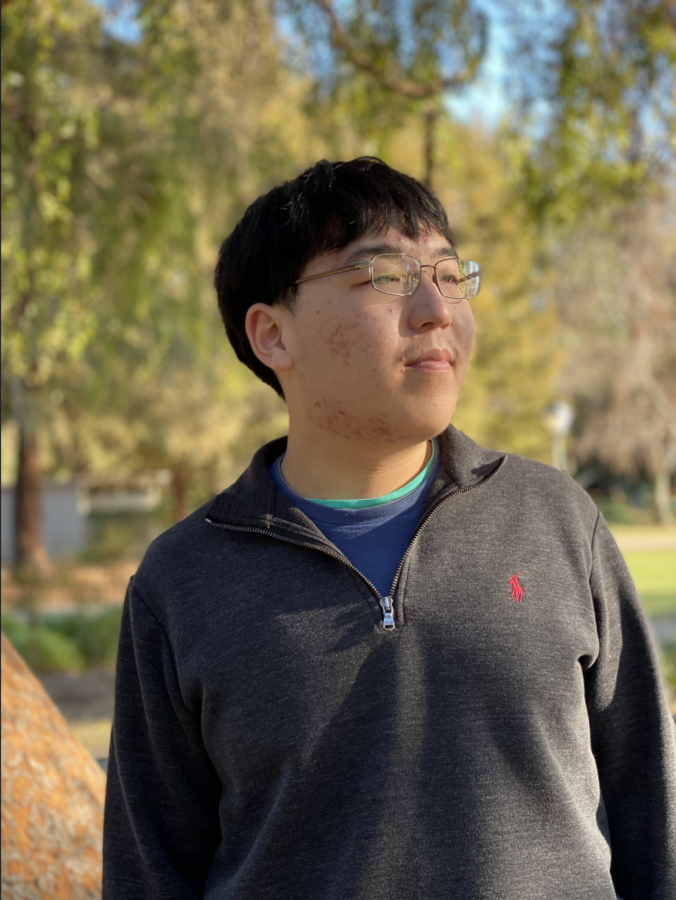
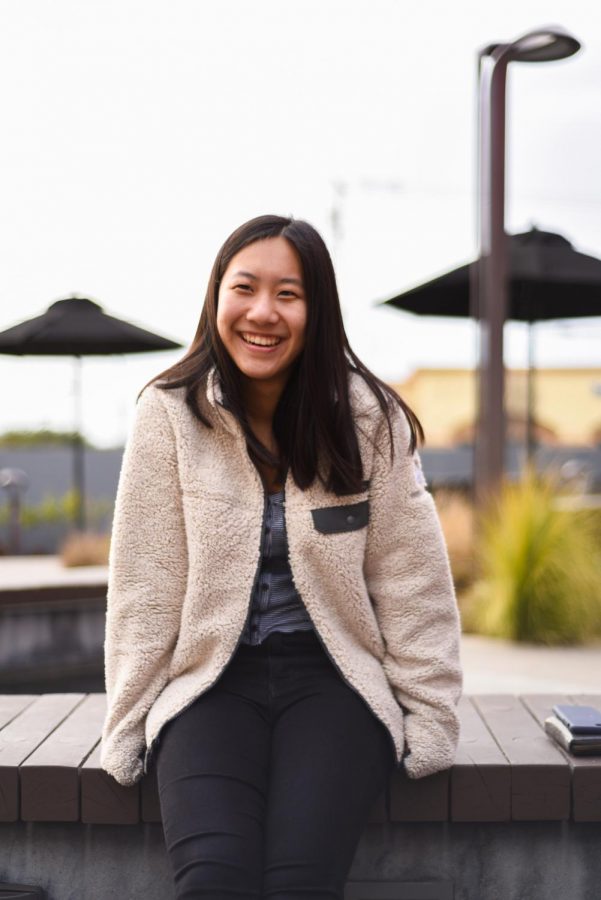
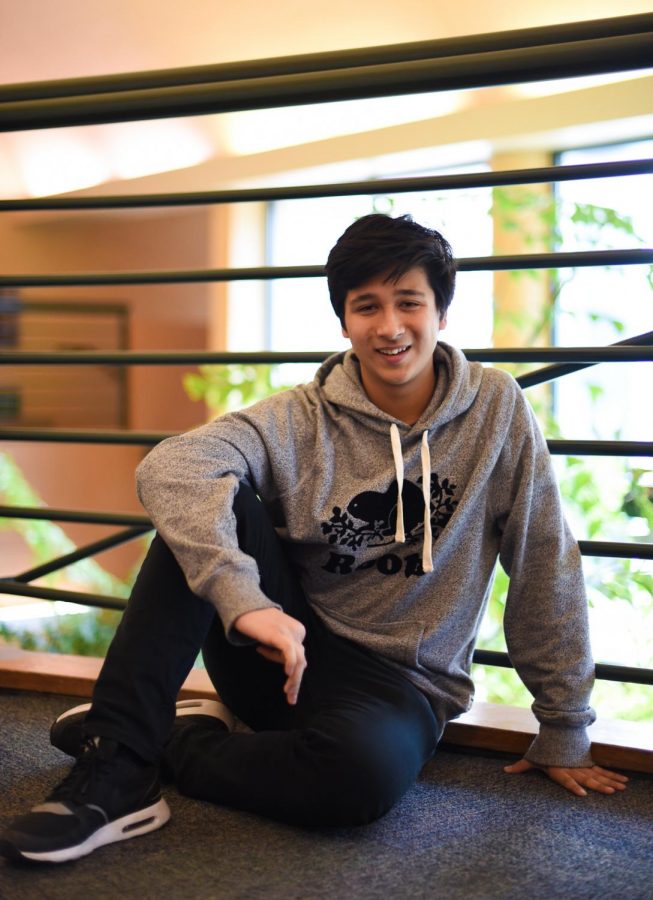
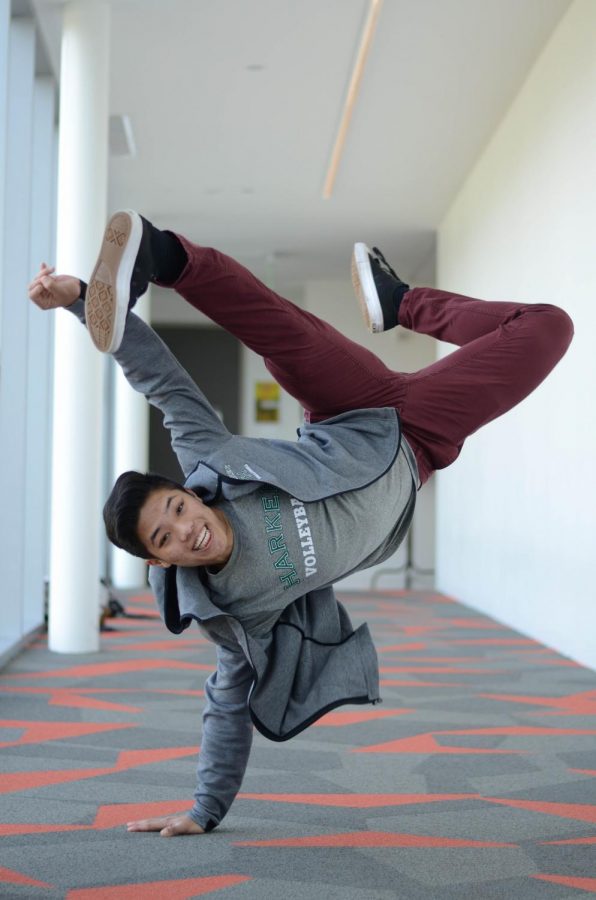
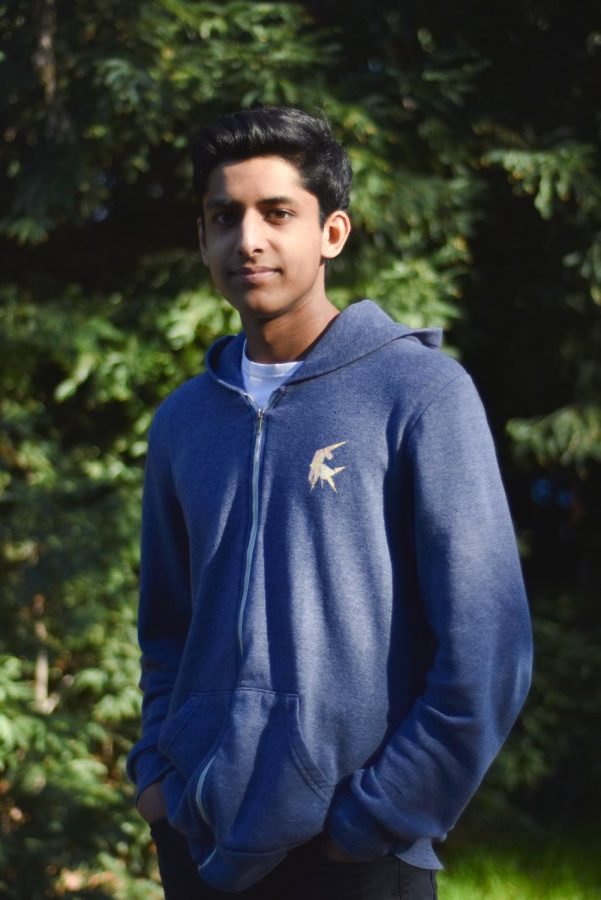
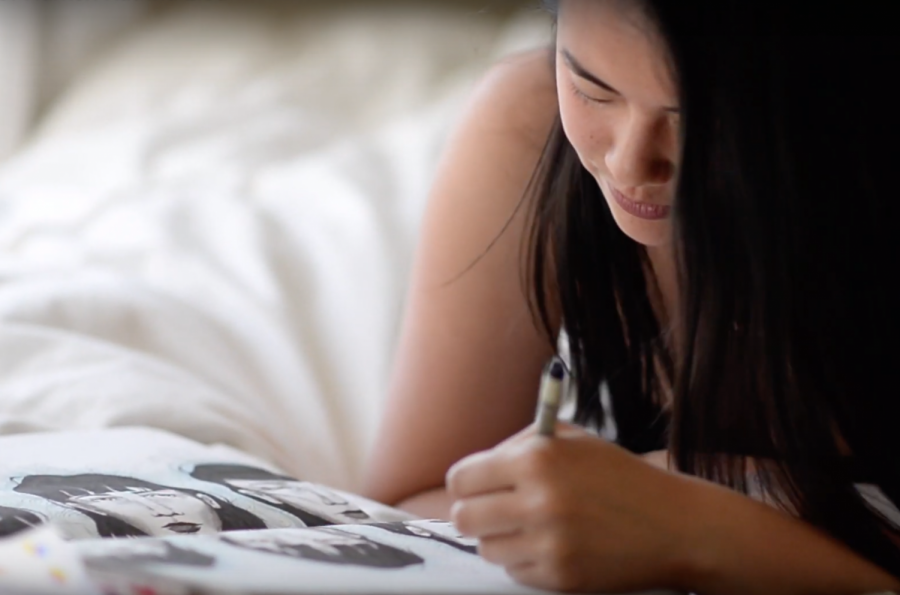
![“I think getting up in the morning and having a sense of purpose [is exciting]. I think without a certain amount of drive, life is kind of obsolete and mundane, and I think having that every single day is what makes each day unique and kind of makes life exciting,” Neymika Jain (12) said.](https://harkeraquila.com/wp-content/uploads/2017/06/Screen-Shot-2017-06-03-at-4.54.16-PM.png)
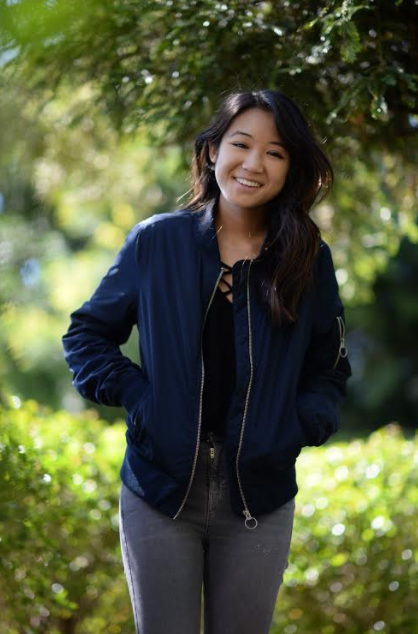

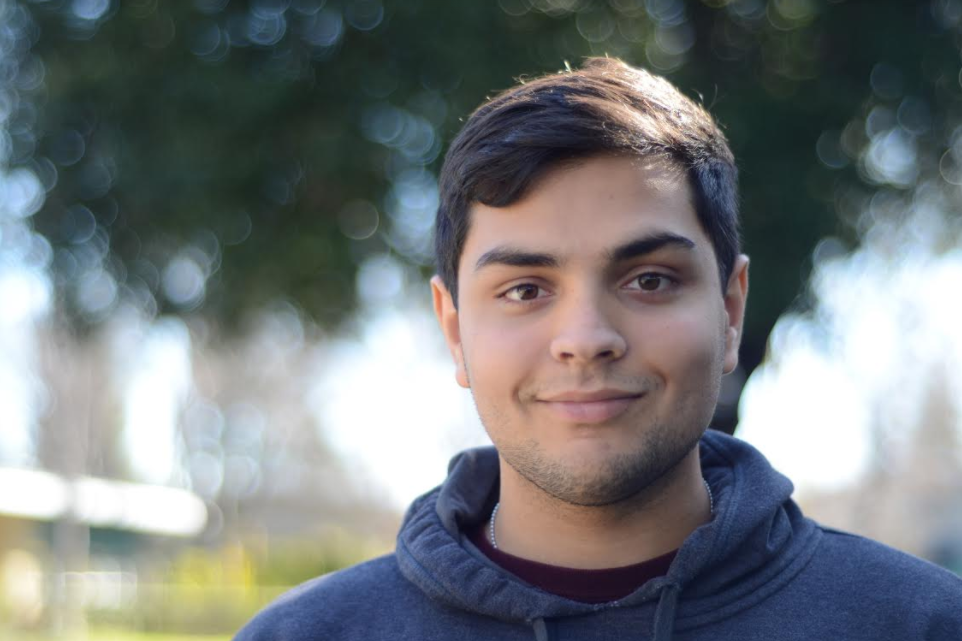
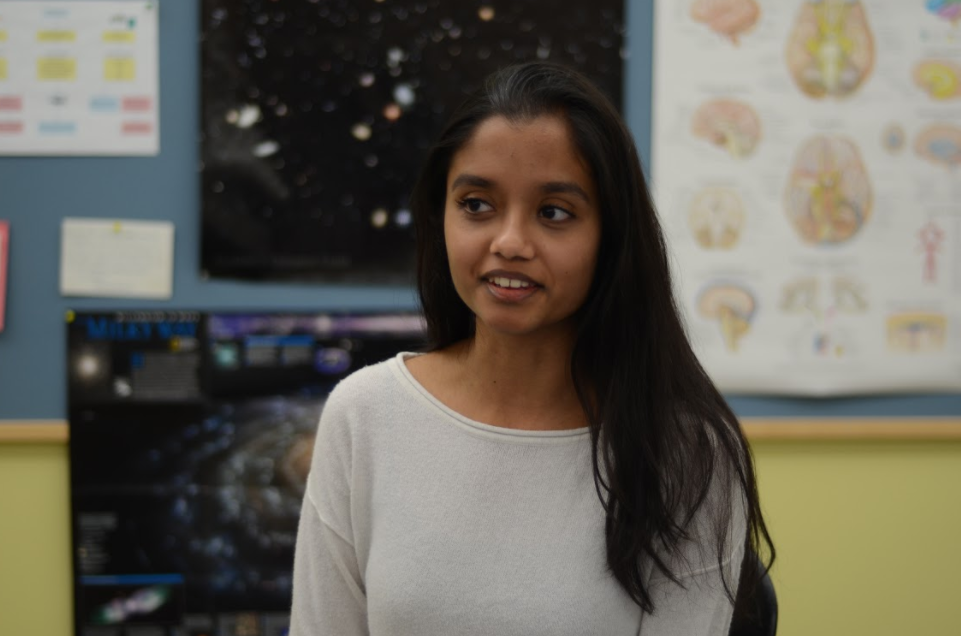
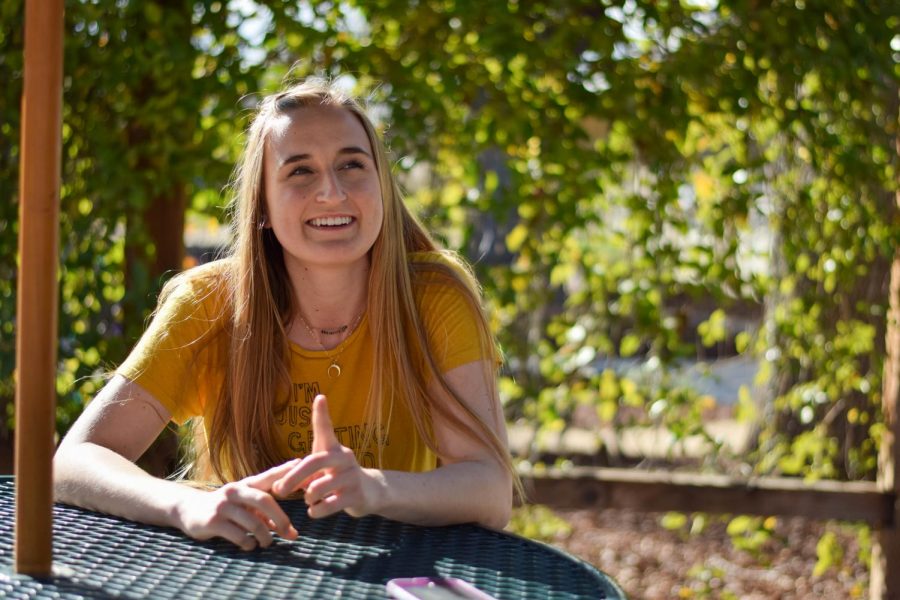
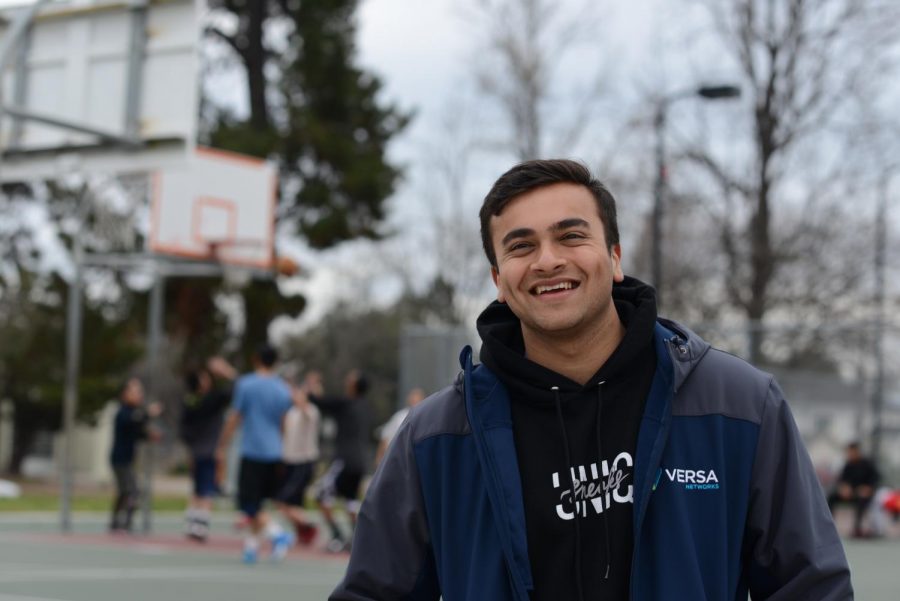
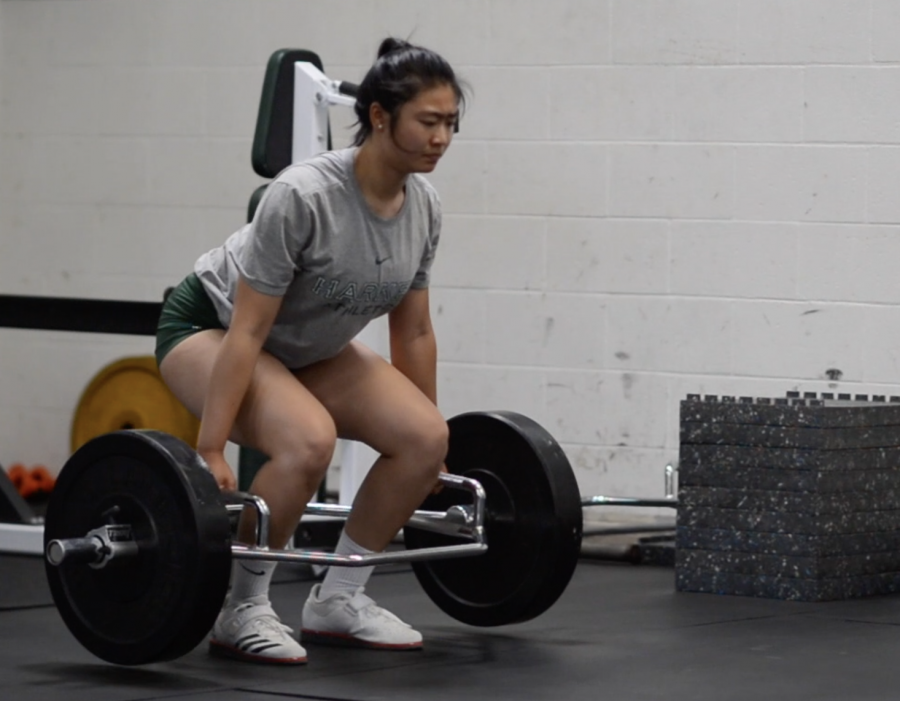
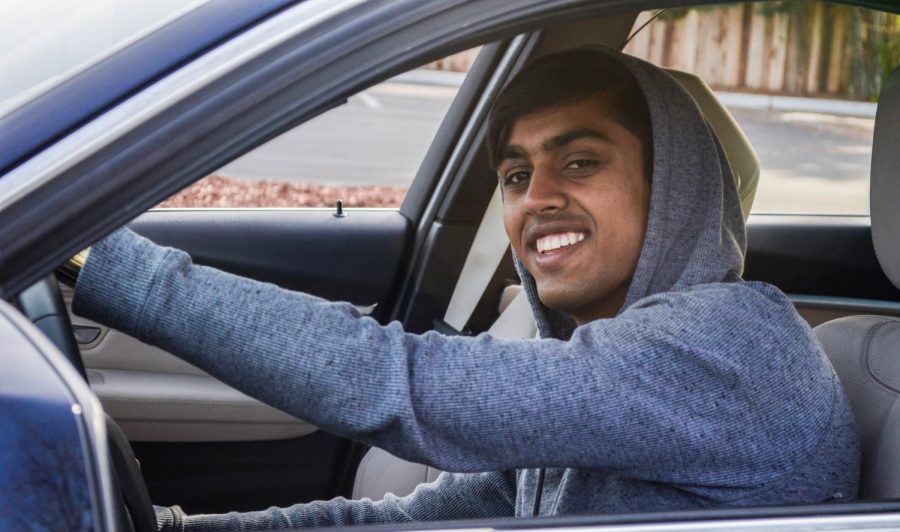
![“My slogan is ‘slow feet, don’t eat, and I’m hungry.’ You need to run fast to get where you are–you aren't going to get those championships if you aren't fast,” Angel Cervantes (12) said. “I want to do well in school on my tests and in track and win championships for my team. I live by that, [and] I can do that anywhere: in the classroom or on the field.”](https://harkeraquila.com/wp-content/uploads/2018/06/DSC5146-900x601.jpg)
![“[Volleyball has] taught me how to fall correctly, and another thing it taught is that you don’t have to be the best at something to be good at it. If you just hit the ball in a smart way, then it still scores points and you’re good at it. You could be a background player and still make a much bigger impact on the team than you would think,” Anya Gert (’20) said.](https://harkeraquila.com/wp-content/uploads/2020/06/AnnaGert_JinTuan_HoHPhotoEdited-600x900.jpeg)
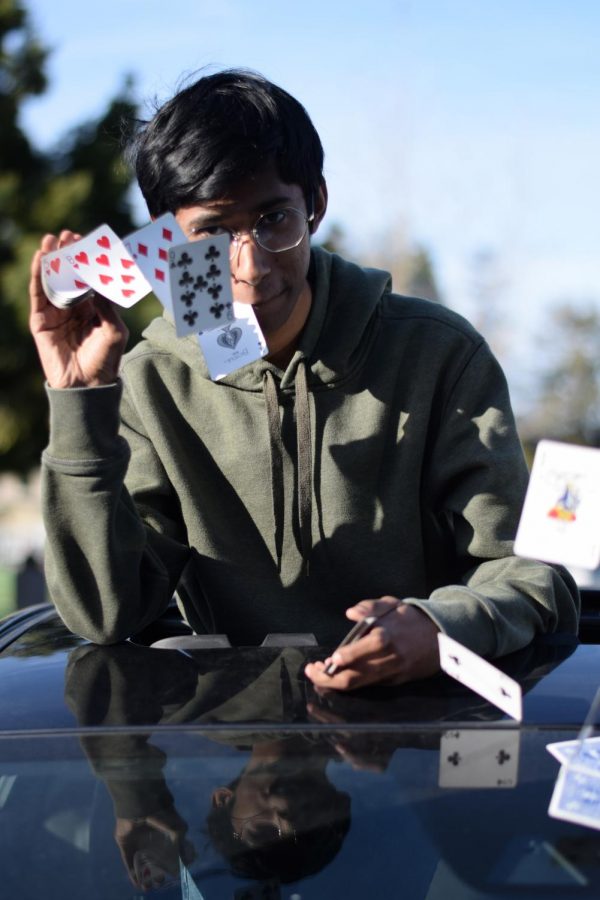
![“I'm not nearly there yet, but [my confidence has] definitely been getting better since I was pretty shy and timid coming into Harker my freshman year. I know that there's a lot of people that are really confident in what they do, and I really admire them. Everyone's so driven and that has really pushed me to kind of try to find my own place in high school and be more confident,” Alyssa Huang (’20) said.](https://harkeraquila.com/wp-content/uploads/2020/06/AlyssaHuang_EmilyChen_HoHPhoto-900x749.jpeg)
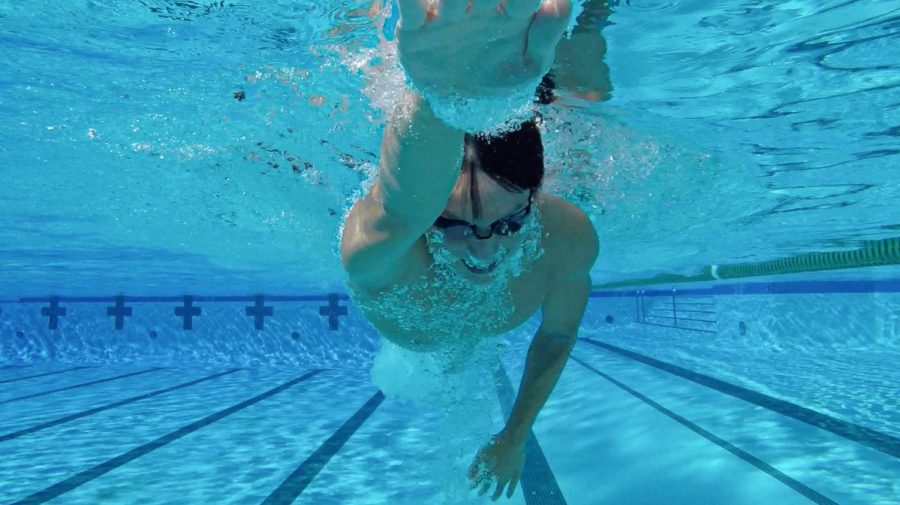
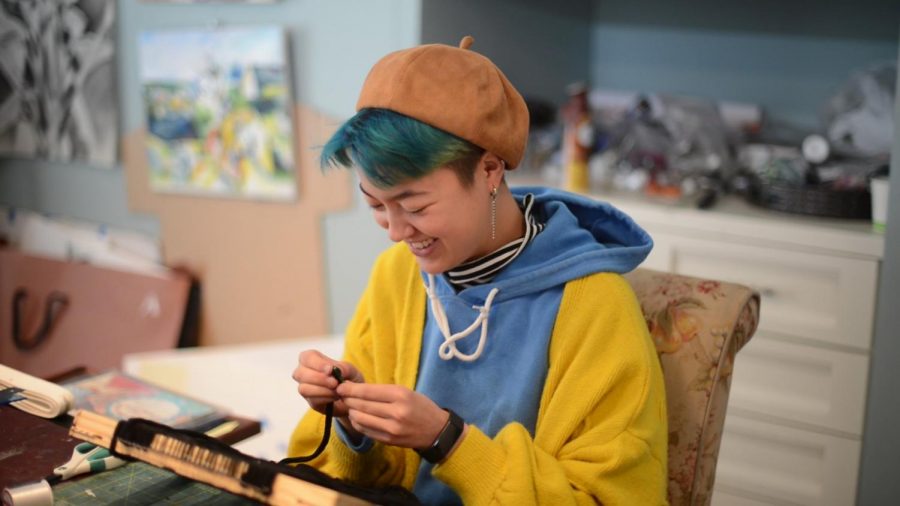

!["The confusion I faced [in my art] was also reflected in my life in general. I didn’t know what identity I wanted to have. But, as my art became clear, I was also able to get a clear perspective on what kind of person I wanted to be," Rithika Devarakonda (12) said.](https://harkeraquila.com/wp-content/uploads/2019/03/RithikaDevarakonda_OliviaGuo-900x596.jpg)